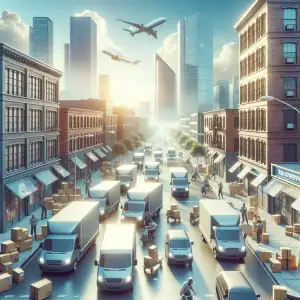Amazon Urban Logistics: Delivering the Future of Shopping
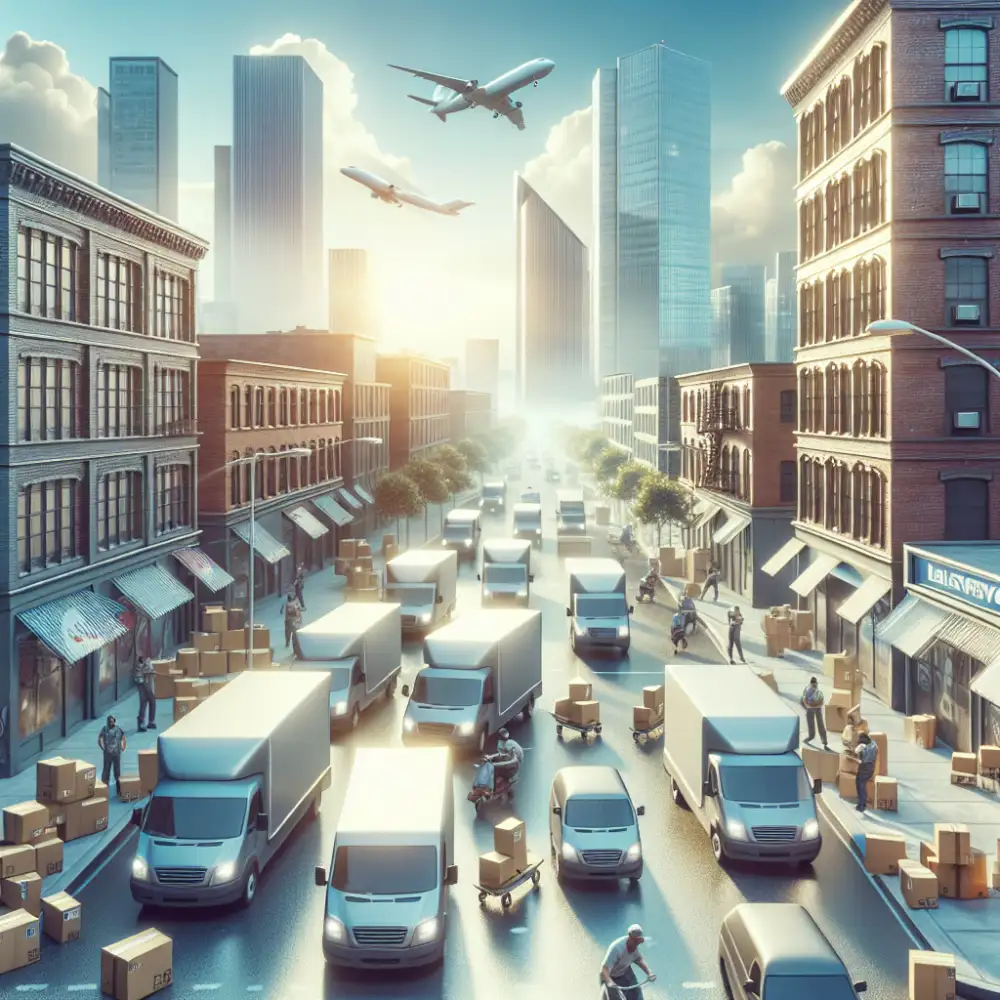
- Amazon's Urban Logistics Revolution
- Same-Day Delivery Challenges
- Micro-Fulfillment Centers
- Electric Delivery Vehicles
- Drone Delivery Potential
- Traffic Congestion Impact
- Partnerships with Local Businesses
- Customer Data Utilization
- Sustainability Initiatives
- Competition in Urban Logistics
- Future of Amazon's Urban Network
Amazon's Urban Logistics Revolution
Amazon's relentless pursuit of faster, more efficient delivery has led to a revolution in urban logistics. Gone are the days of relying solely on massive fulfillment centers located on city outskirts. Amazon is now deeply embedded within urban environments, operating a complex network of delivery stations, sortation centers, and even physical stores to get packages to customers' doorsteps quicker than ever.
This urban logistics network relies heavily on technology. Sophisticated algorithms optimize delivery routes in real-time, accounting for traffic patterns and delivery density. Delivery drivers, equipped with handheld devices, navigate the urban jungle with precision, dropping off packages at apartment complexes, office buildings, and private residences.
This push for urban dominance hasn't come without its challenges. City streets weren't designed for the influx of delivery vans and trucks, leading to increased congestion and competition for curb space. Residents grapple with the noise and disruption of constant deliveries.
Despite these growing pains, Amazon's urban logistics network is here to stay. As more people flock to cities and demand for rapid delivery intensifies, Amazon's presence in our urban landscapes will only grow more pronounced. The future of delivery is unfolding right outside our doors, driven by Amazon's relentless pursuit of convenience.
Same-Day Delivery Challenges
Amazon's quest to offer ever-faster delivery, including same-day options, presents a unique set of challenges within urban logistics. The company's city-based delivery and distribution system, while designed for speed, encounters hurdles in densely populated areas. Traffic congestion poses a significant obstacle, often delaying deliveries and disrupting carefully planned routes. Limited parking options further complicate matters, forcing drivers to circle blocks or park illegally, impacting efficiency and potentially leading to fines. The sheer volume of deliveries required for same-day service puts a strain on urban infrastructure, raising concerns about noise pollution, emissions, and congestion. Moreover, ensuring the availability of delivery personnel throughout the day to meet fluctuating demand adds complexity to workforce management. Balancing customer expectations for rapid delivery with the realities of urban logistics remains an ongoing challenge for Amazon as it strives to perfect its same-day delivery model in bustling city environments.
| Feature | Amazon Urban Logistics | Traditional Delivery |
|---|---|---|
| Delivery Speed | Same-day, Next-day, 2-hour | 1-5 business days |
| Delivery Locations | Urban and suburban areas with high population density | Wide range, including rural areas |
| Delivery Methods | Vans, bikes, walkers, Amazon Lockers | Trucks, vans |
Micro-Fulfillment Centers
Micro-fulfillment centers (MFCs) are crucial to Amazon's urban logistics strategy, acting as mini-warehouses within cities. These smaller facilities are strategically located closer to customers than traditional fulfillment centers, enabling faster delivery times for online orders. Amazon utilizes MFCs to stock high-demand products, facilitating same-day or even one-hour delivery options in urban areas. This localized approach reduces delivery distances and transportation costs while improving efficiency and customer satisfaction. By bringing inventory closer to consumers, Amazon enhances its city-based delivery and distribution system, offering greater convenience and speed for urban customers. MFCs represent a significant investment in optimizing last-mile delivery, a critical aspect of e-commerce logistics, particularly in densely populated urban environments.
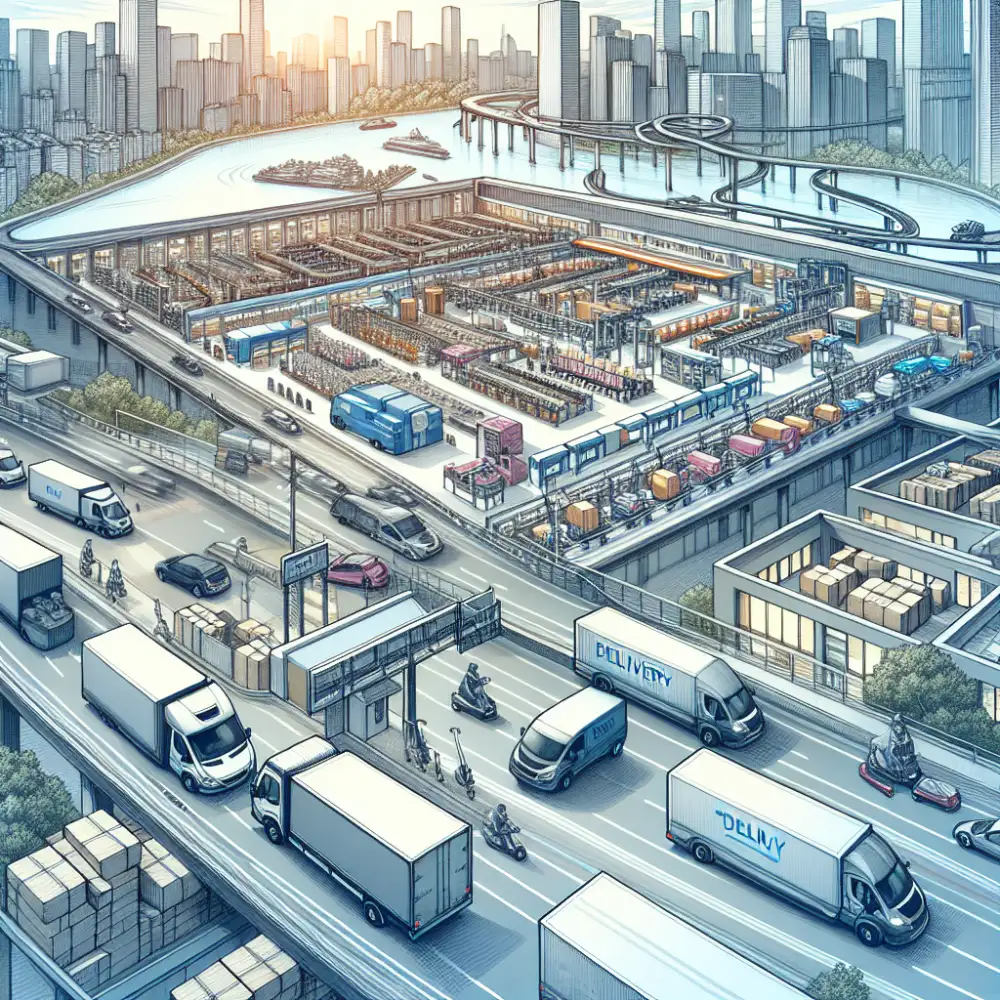
Electric Delivery Vehicles
Amazon is electrifying its urban logistics fleet to reduce its carbon footprint and improve the sustainability of its operations. The company has ordered 100,000 electric delivery vehicles from Rivian, an electric vehicle startup. Amazon plans to have 10,000 of these vehicles on the road by 2022 and all 100,000 by 2030. These vehicles are designed for urban delivery with a range of up to 150 miles on a single charge. They are also equipped with advanced safety features, such as automatic emergency braking and lane keeping assist. In addition to electric delivery vehicles, Amazon is also investing in other sustainable transportation solutions for its city-based delivery and distribution system. This includes the use of cargo bikes, electric scooters, and on-foot delivery. The company is also building out its network of urban fulfillment centers, which are located closer to customers and can help to reduce delivery times and emissions.
Amazon's investment in electric delivery vehicles and other sustainable transportation solutions is a positive step towards reducing the environmental impact of its operations. As the company continues to grow, it is important that it continues to find ways to reduce its reliance on fossil fuels and transition to a more sustainable logistics network.
Drone Delivery Potential
Amazon has long explored drone delivery as a way to revolutionize its urban logistics. The potential benefits are significant. Faster delivery times are a major advantage, with drones bypassing traffic congestion and reaching customers quicker than traditional delivery vehicles. This speed is particularly beneficial for time-sensitive items like groceries or pharmaceuticals. Drone delivery offers the potential for reduced costs. Drones eliminate the need for delivery drivers, lowering labor costs and fuel consumption. Their agility makes them suitable for densely populated urban areas, where traditional delivery trucks may struggle. Amazon envisions a city-based delivery and distribution system where drones play a crucial role. Small, localized fulfillment centers within cities would serve as hubs for drone deliveries, enabling rapid deployment to nearby customers. This localized approach reduces delivery distances and further enhances speed and efficiency. However, challenges remain before drone delivery becomes commonplace. Regulatory hurdles surrounding airspace regulations, safety protocols, and privacy concerns need to be addressed. Public acceptance of drones flying overhead is crucial for widespread adoption. Amazon continues to invest heavily in research and development for its drone delivery program, dubbed "Prime Air." The company is working to overcome technical challenges, improve drone technology, and collaborate with regulators to establish a safe and efficient drone delivery network.
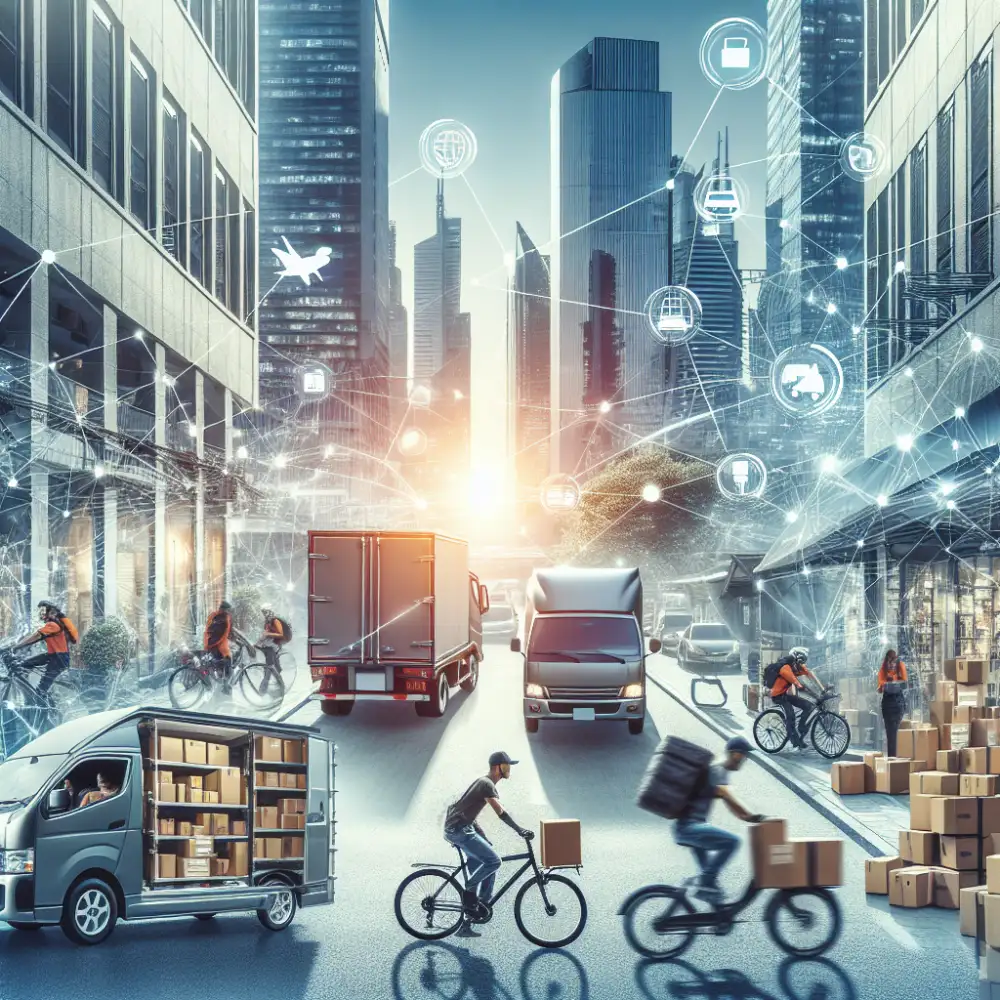
Traffic Congestion Impact
Traffic congestion poses a significant challenge for Amazon's urban logistics and city-based delivery system. As cities grow increasingly congested, delivery trucks and vans encounter delays, leading to longer delivery times and increased transportation costs. This congestion can disrupt Amazon's ability to meet its promised delivery windows, potentially impacting customer satisfaction.
To mitigate traffic's impact, Amazon has implemented various strategies. These include optimizing delivery routes using real-time traffic data, exploring alternative delivery methods such as bike couriers and drones for last-mile delivery, and establishing urban fulfillment centers strategically located closer to customers. By reducing the distance and time traveled, Amazon aims to minimize the impact of traffic congestion on its operations and maintain efficient delivery services.
Partnerships with Local Businesses
Amazon recognizes the value of local knowledge and infrastructure in optimizing its urban logistics. The company actively pursues partnerships with local businesses to enhance its city-based delivery and distribution system. These collaborations take various forms, each contributing to a more efficient and customer-centric approach. One key area is leveraging local businesses as pickup points. By partnering with convenience stores, supermarkets, and other retail locations, Amazon provides customers with a wide network of convenient pickup options. This reduces the need for home deliveries, easing traffic congestion and potentially lowering shipping costs.
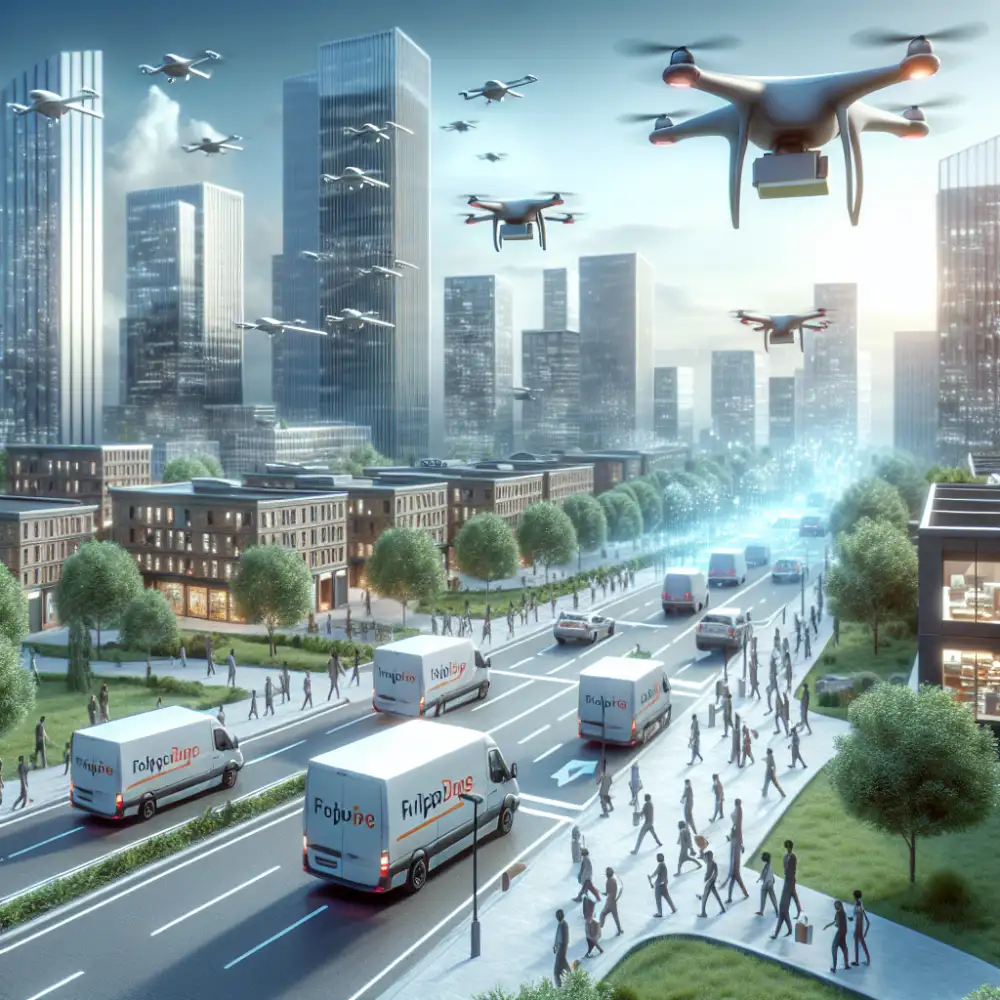
Furthermore, Amazon collaborates with local delivery companies and independent contractors to bolster its last-mile delivery capabilities. These partnerships provide Amazon with access to local drivers familiar with the city's layout and traffic patterns, ensuring faster and more reliable deliveries. This localized approach also allows Amazon to tap into existing delivery networks, reducing its reliance on its own fleet and potentially lowering costs. These partnerships extend beyond delivery to encompass storage and distribution. Amazon partners with local businesses that have excess warehouse space or underutilized assets, transforming them into micro-fulfillment centers. These smaller-scale facilities are strategically located within urban areas, enabling faster delivery times for customers and reducing transportation costs.
Customer Data Utilization
Amazon leverages customer data extensively to optimize its urban logistics and city-based delivery systems. By analyzing vast amounts of data, including past purchase history, delivery addresses, browsing patterns, and even wish lists, Amazon gains valuable insights into customer behavior and preferences. This data-driven approach enables Amazon to predict demand with remarkable accuracy, allowing for optimal inventory management and efficient delivery route planning. For instance, by identifying areas with high concentrations of Prime members or frequent grocery shoppers, Amazon can strategically position its fulfillment centers and delivery hubs closer to these customer clusters. This proximity reduces delivery times and transportation costs, enhancing the overall customer experience.
Furthermore, customer data empowers Amazon to personalize delivery options. By understanding individual preferences, such as preferred delivery times or delivery locations (e.g., home, office, or Amazon Locker), Amazon can offer tailored delivery choices that cater to specific needs. This level of personalization enhances customer satisfaction and fosters loyalty. Moreover, real-time data on traffic conditions, weather patterns, and delivery driver locations enables Amazon to optimize delivery routes dynamically. By continuously analyzing this data, Amazon's logistics system can adapt to unforeseen circumstances, such as road closures or traffic congestion, ensuring timely and efficient deliveries.
Sustainability Initiatives
Amazon is seriously committed to sustainability, aiming to reach net-zero carbon emissions by 2040. This commitment is evident in their urban logistics and city-based delivery systems. A key initiative is their growing fleet of electric delivery vehicles. These vans, charged with renewable energy, significantly reduce emissions in urban areas. Amazon is also investing in cargo bikes and walkers for deliveries, further minimizing their carbon footprint, especially in densely populated areas. Micro-fulfillment centers, smaller warehouses located within cities, are another crucial aspect of their sustainable urban logistics. These centers shorten delivery distances, leading to fewer delivery vans on the road and reduced emissions. Amazon is also exploring alternative delivery methods like drones and autonomous vehicles to enhance efficiency and sustainability in urban deliveries. These initiatives, combined with their commitment to renewable energy and packaging innovations, demonstrate Amazon's dedication to building a more sustainable future for urban logistics.
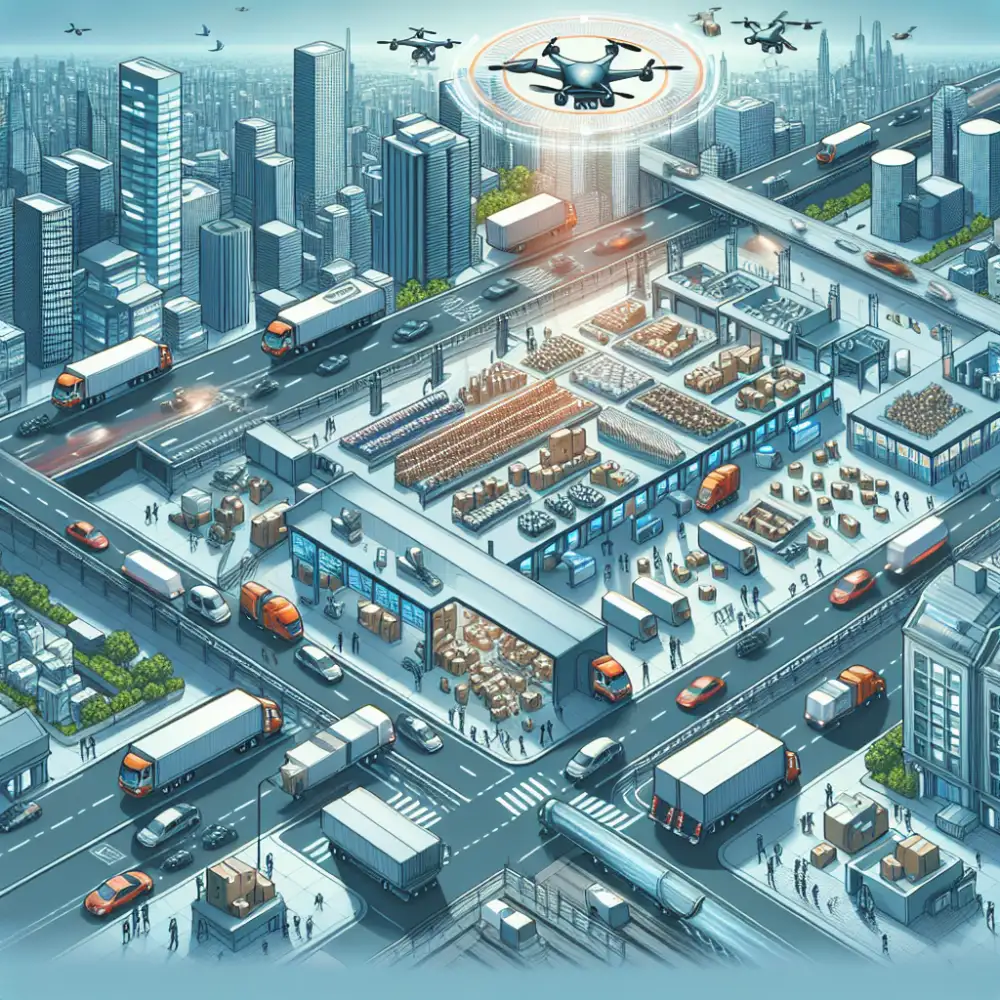
Competition in Urban Logistics
Amazon's dominance in e-commerce has significantly impacted urban logistics, intensifying competition within cities. Traditional logistics providers like FedEx and UPS find themselves vying for delivery space with Amazon's rapidly expanding network. Amazon's city-based delivery system relies on a multi-tiered approach:
- Fulfillment Centers: Located on city outskirts, these massive warehouses stock a vast inventory.
- Sortation Centers: Strategically positioned within urban areas, these facilities sort packages for last-mile delivery.
- Delivery Stations: Serving as final hubs, packages are dispatched to drivers for delivery within specific zones.
- Amazon Lockers: Offering secure pickup points, lockers are strategically placed in convenience stores, gas stations, and residential buildings.
This intricate network allows Amazon to offer same-day and even one-hour delivery in many urban centers, putting immense pressure on competitors. Traditional carriers are adapting by optimizing their urban logistics networks, investing in technology, and exploring partnerships with local businesses for pickup and drop-off points. Smaller delivery startups are also emerging, focusing on niche markets like same-day grocery or meal delivery. The competition in urban logistics ultimately benefits consumers with faster delivery times, lower costs, and more convenient delivery options. However, it also presents challenges, including increased traffic congestion, noise pollution, and the potential displacement of traditional delivery jobs.
Amazon's urban logistics network, a tangled web of warehouses, delivery vans, and gig workers, reflects a fundamental shift in how we consume, prioritizing instant gratification over the very fabric of our cities.
Elias Davenport
Future of Amazon's Urban Network
Amazon's urban network is poised for significant evolution. The company continues to invest in solutions aimed at making its urban logistics even more efficient and sustainable. Expect to see a rise in micro-fulfillment centers located closer to customers, enabling faster delivery times and a broader selection of same-day or even same-hour delivery options. These smaller-scale warehouses, often placed in densely populated areas, are strategically positioned to meet the growing demand for rapid urban deliveries.
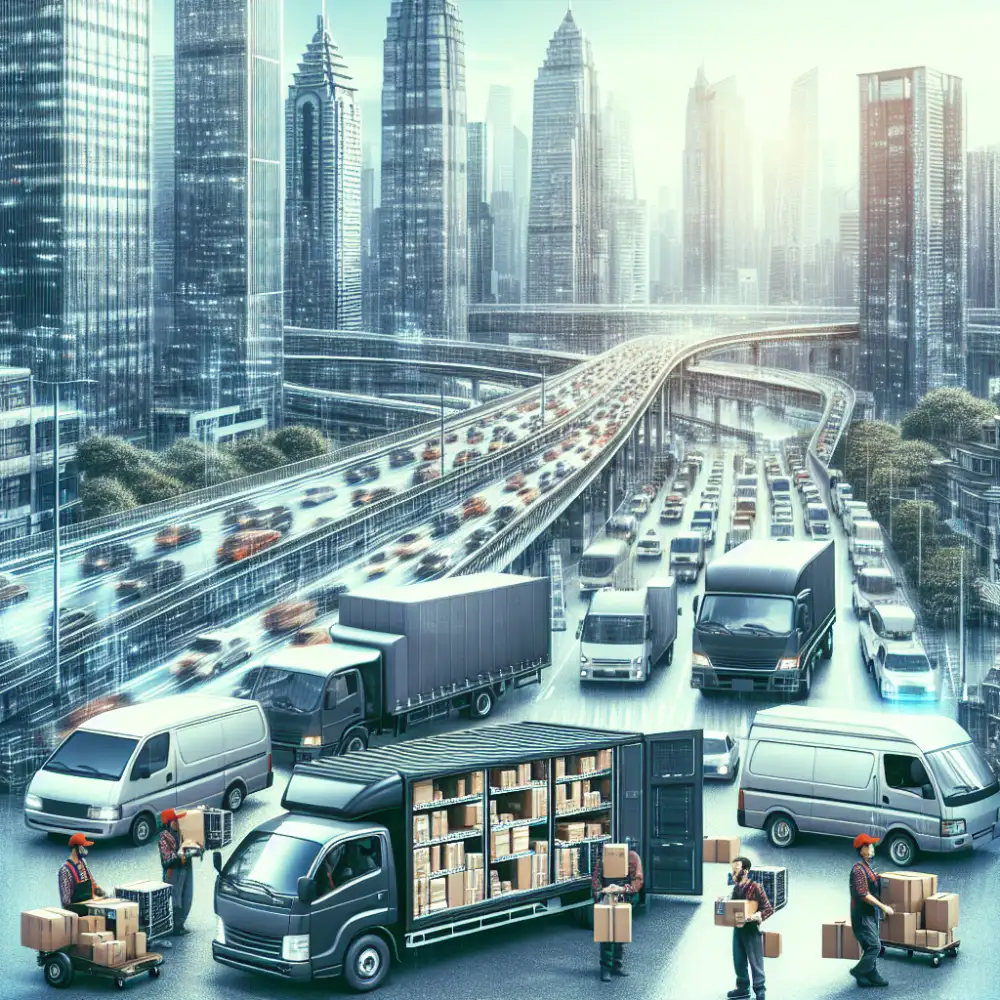
Furthermore, Amazon is likely to expand its use of alternative delivery methods within cities. This includes a greater reliance on electric delivery vehicles, cargo bikes, and potentially even autonomous delivery robots. These initiatives align with Amazon's sustainability goals and its commitment to reducing its carbon footprint.
The future of Amazon's urban network will likely involve closer collaborations with local businesses and communities. This could manifest as partnerships with local stores for pickup and delivery services or the utilization of local fleets for last-mile delivery. Such collaborations could provide mutually beneficial arrangements, leveraging local expertise and infrastructure to enhance delivery efficiency.
Published: 15. 07. 2024
Category: Food


